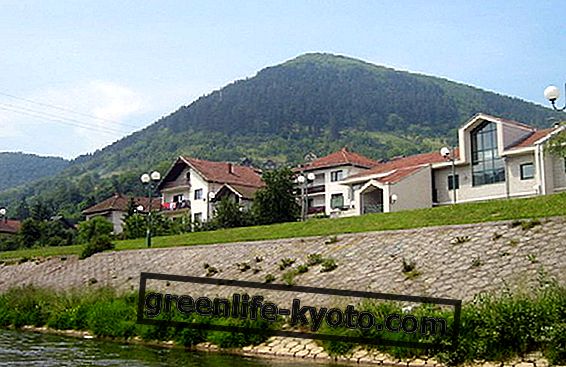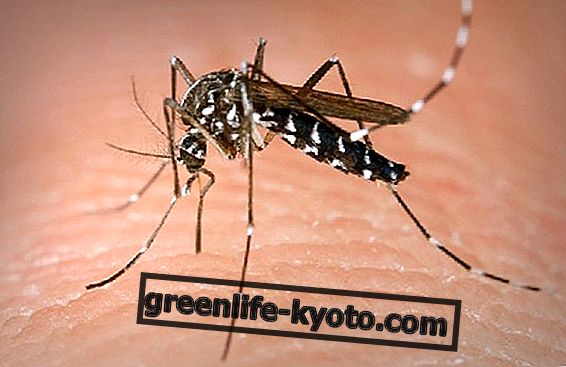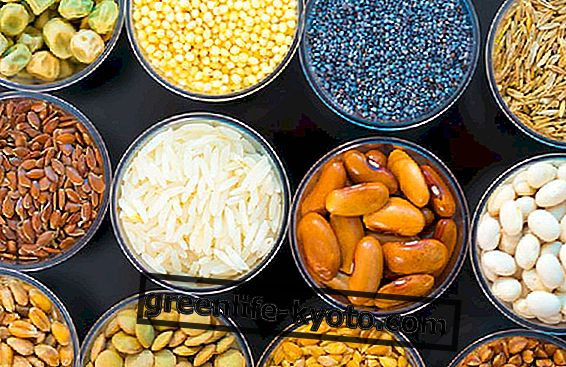The graviola, the fruit of the Annona muricata, is rich in alkaloids and vitamin C and is useful for the immune system and for cell renewal . Let's find out better.
>

Description of the plant
Rising to the fore due to its healing properties, graviola, also called guanabana or soursop, is an annonacea native to the Antilles and widespread throughout the Caribbean, South America, Southeast Asia and Africa.
It produces one of the largest fruits of the genus Annona, capable of reaching thirty centimeters; it substantially resembles a cherimoia, although the shape is more reminiscent of a pine cone and the flakes of the skin end in a point. The pulp is white and creamy, with a succulent, acidulous taste, halfway between pineapple and strawberry, with the acidity of the lemon and with a final tone of coconut milk.
Graviola, ally of
Immune system, nervous system, skeleton, cell renewal
Calories, nutritional values and properties of graviola
Graviola contains 66 kcal per 100 g.
The graviola fruit is quite nutritious, rich in sugars and vitamins, especially C (300 grams of graviola are sufficient to provide the recommended daily dose) and those of group B, phosphorus, magnesium, copper and calcium.
What distinguishes it from other fruits, however, is the high concentration of alkaloids and acetogenins with many interesting properties: stigmasterol, sitosterol, reticuline, coumarin, stepharina, annonacina. The graviola results to have antibacterial, preventive properties of tumors (especially pancreas and liver), toning, analgesic.
Graviola, like green tea, among antioxidant foods: discover others

Contraindications
The annonacina contained in the fruit remains in fact a neurotoxin, which is why it is advised not to overdo it because the high concentration of this and other alkaloids can interact with other drugs, it can weaken the bacterial flora and damage the nervous system .
Curiosity about graviola
In some countries, instead of merely reporting it as a food that helps prevent cancer, it is advertised as a drug that can cure cancer, although there is no scientific evidence to do so.
How to eat graviola and how to cook
When fully ripe it lends itself very well to fresh consumption with a spoon. Before maturing it retains greater acidity, and is ideal for juices, smoothies and other recipes .
In Ethiopia and the northern countries of Latin America it is used as an ingredient for fresh drinks made with fruit and flowers. In Asia, cooking it in sugar, it is served as a street dessert.













